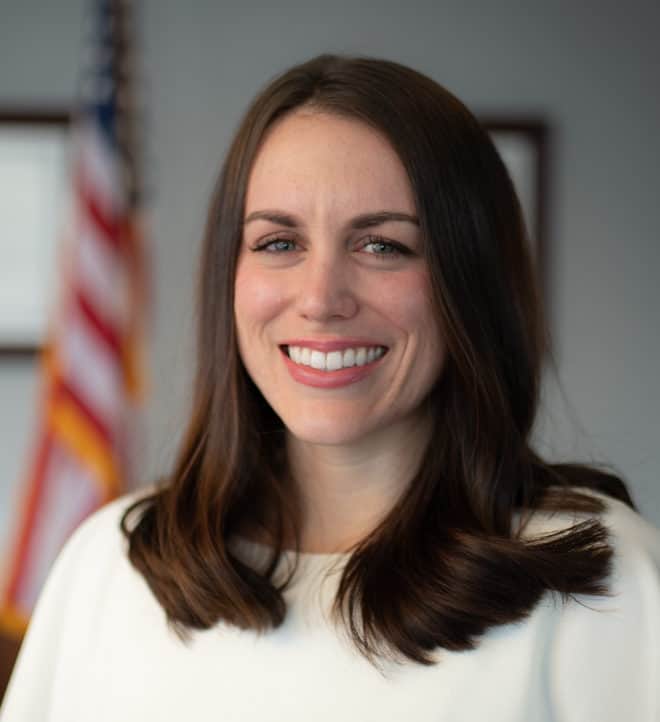
Written by Christine Cooke Fairbanks
February 4, 2019
Originally published in The Spectrum.
Over the past several years, Utah education practitioners have received many legislative mandates that affect life at the school level — changes to literacy requirements, sex education, statewide assessments, and school accountability.
Though the creation of such bills won’t stop, this year the big legislative opportunity is at the state level — our education governing structure.
Changes to our education governing structure were foreshadowed in the waning days of the 2018 general session when a bill to eliminate the State Board of Education ignited a fast-moving policy conversation among legislators. The bill ultimately failed, but not before it revealed a strong appetite to adjust the big picture in Utah education policymaking.
To make the most of this opportunity, legislators should address our education governing structure both politically and financially.
When it comes to political structures, clarity means access. If we want members of the public to have access to the levers of influence in their government — and I assume we do — we need to offer clear information about how and where and when and to whom they should speak.
The Utah Constitution, for all its virtues, doesn’t offer much clarity on the practical division of authority between the Legislature and the State Board of Education. Our Legislature is charged with the “establishment and maintenance of the state’s education systems,” and the state board has “general control and supervision of the public education system.” Which has come to mean that the Legislature is the wallet and general policy authority, and the state board has power to make detailed rules whenever the Legislature writes a law saying they can. So, if a Utah parent wants to have their voice heard on a particular education issue, should they speak with their state school board member or their state legislators? It depends.
Add to that confusion the reality that most people don’t even know the name of their state school board member, and that many assume the governor has a tangible policymaking role in K-12 education, and we have a serious lack of clarity about the political structure. And, sadly, an indirect lack of access.
Some have recognized this problem and in recent years have sought to address it by assessing the role of the state board and by raising the profile of state board candidates via public debates. And now, on the cusp of the 2019 general session, newly elected Representative Melissa Ballard has opened a bill file to amend the state constitution regarding governance. Whatever the particulars this proposal may include, let’s hope it establishes a clear, understandable and more functional framework for the governance of public education in our state. In other words, let’s hope it adds greater clarity about the who, what and how — the roles, authorities and accountabilities – of the public servants responsible for the effective functioning of the Utah’s system of public education.
Of course, governance is also about the financial structure — which also needs to be addressed and changed. There’s a lot that could be accomplished on this front, including the prohibition of “general enrollment” or required course school fees (does this amount to tuition?) and perhaps a constitutional amendment that revises the division of funds between higher education and K-12 education. Most meaningful, however, would be a policy that allows funds to follow Utah students.
Education savings accounts (different from 529 savings plan) allow kids to take their state funding with them wherever they go to school — or to whatever multiple providers from which they choose to receive education. Practically speaking, it allows students to create an education fitted to them, and it frees parents to seek out the best value (price for quality) possible in public education. Culturally, this approach to funding has the power to shift our focus to improving individual students rather than brick and mortar institutions. In reality, the shift toward individualized learning is likely inevitable. It’s just a matter of how long we refuse to acknowledge that individualized funding is an important way to achieve individualized learning.
Public opinion polls show that improving education is a high policy priority for Utahns. Yet we also saw Utahns overwhelmingly reject Question 1 — which would have raised the gas tax for increased public education funds. What is it that Utahns want then? Perhaps part of what they seek is a structure that puts them in charge of education — both politically and financially. If so, now is the time to seize the opportunity.
More Insights
Read More
What you need to know about the upcoming state party conventions
The two major political parties are about to hold their state conventions. Here’s what you need to know.
Here’s why the First Amendment’s religion clauses are not in conflict
Some suggest there is a tension between protection for the free exercise of religion and the prohibition on the establishment of religion. But a better take is to see the two clauses as congruent.
Is California’s minimum wage hike a mistake?
Is raising the minimum wage a good tool to help low-income workers achieve upward mobility? That’s the key question at the heart of the debate over California’s new $20 an hour minimum wage law for fast food workers.


